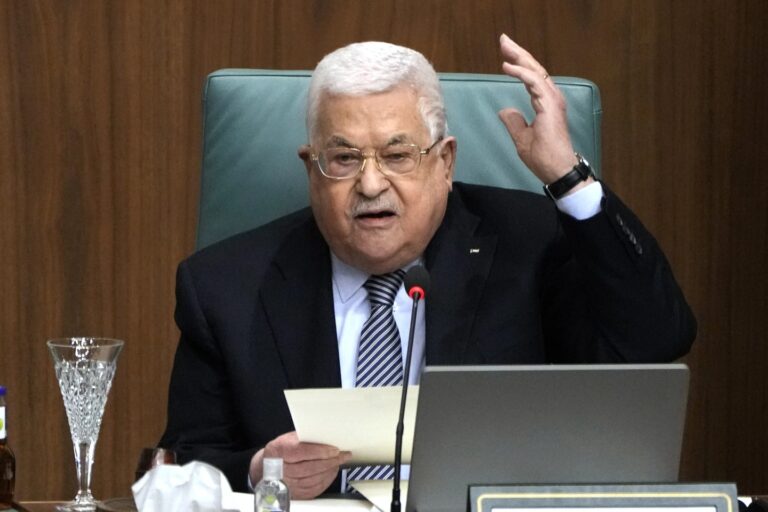Understanding the difference between legal and physical custody is crucial for anyone navigating child custody matters. Legal custody grants a parent the authority to make major decisions about their child’s life, such as education, healthcare, and religion. On the other hand, physical custody determines where the child lives and how much time they spend with each parent.
When parents share legal custody, they must collaborate on significant decisions affecting their child’s welfare. In contrast, sole legal custody means only one parent has the right to make these decisions. Physical custody can also be shared or sole, impacting the child’s daily living arrangements and visitation schedules.
Effective co-parenting often hinges on clear custody agreements. Navigating the specifics of each type of custody can ensure that both parents’ rights and the child’s best interests are considered.
Understanding Custody Types
Legal and physical custody are two main aspects of child custody arrangements. Legal custody involves decision-making authority, while physical custody determines where the child lives. Each type can be awarded to one or both parents.
Definition of Legal Custody
Legal custody refers to the authority to make significant decisions in a child’s life. It includes choices about education, healthcare, and religious upbringing. Parents with legal custody have the right to access the child’s educational and medical records. Legal custody can be either joint, where both parents share decision-making responsibilities, or sole, where one parent holds complete authority.
Joint legal custody requires parents to work together, making it crucial for them to cooperate effectively. If disputes arise, parents may need a lawyer who knows the child custody laws to mediate and resolve conflicts. Sole legal custody simplifies decision-making but may limit the other parent’s involvement.
Definition of Physical Custody
Physical custody determines where the child resides. It involves the day-to-day care and supervision of the child. This type of custody can also be joint or sole. In joint physical custody, the child lives with both parents on a schedule that ensures significant time with each parent. Sole physical custody means the child lives primarily with one parent, while the other may have visitation rights.
Factors considered in physical custody arrangements include each parent’s living situation, proximity to schools, and the child’s preference, depending on age and maturity. These arrangements can impact the child’s stability and routine, making careful planning essential. Consultation with a legal professional is often necessary to navigate these considerations effectively.
Comparing Legal and Physical Custody
Legal and physical custody are distinct aspects of a custody arrangement, each addressing different areas of parental responsibilities and rights. Understanding these differences can help in making informed decisions during custody proceedings.
Decision-Making Rights
Legal custody pertains to the authority to make significant decisions regarding the child’s welfare. Parents with legal custody decide on matters such as education, healthcare, and religious upbringing. Often, courts grant joint legal custody, allowing both parents to share these responsibilities.
In some cases, one parent may have sole legal custody, especially if the other parent is deemed unfit or unable to participate in decision-making. Consulting a lawyer with knowledge of child custody laws can guide parents through the complexities of legal custody arrangements.
Residential Arrangements
Physical custody refers to where the child resides and the everyday caregiving duties. This type of custody determines which parent the child lives with on a regular basis. Joint physical custody allows the child to spend significant amounts of time with each parent, ensuring both play active roles in the child’s life.
Sole physical custody, on the other hand, places the child primarily with one parent. The non-custodial parent typically receives visitation rights. This arrangement can vary based on the child’s needs and each parent’s ability to provide a stable home environment.
Impact on Child Support
The type of custody arrangement can significantly influence child support obligations. In joint physical custody scenarios, child support calculations may consider the time the child spends with each parent and their respective incomes.
When one parent has sole physical custody, the non-custodial parent typically pays child support to contribute to living expenses, healthcare, and education. The specific amount and terms are determined by state guidelines and a lawyer familiar with custody laws can provide tailored advice in negotiating these terms.
Understanding how legal and physical custody decisions impact child support ensures parents meet their financial responsibilities towards their child.
Common Issues and Conflicts
Legal and physical custody can present several challenges. Key issues often involve custodial interference, the need to modify existing custody orders, and navigating the complexities of custody when one parent wishes to relocate.
Custodial Interference
Custodial interference occurs when one parent obstructs the other’s custodial rights. This can include refusing to allow visitation, not returning the child on time, or attempting to alienate the child from the other parent. These actions can strain relationships and may lead to legal consequences. Consulting with a lawyer who knows child custody laws can help address these issues effectively.
Modification of Custody Orders
Life changes, such as shifts in employment, remarriage, or changes in the child’s needs, may necessitate modifications to custody arrangements. Courts prioritize the child’s best interests when deciding on modifications. A parent seeking changes must present compelling evidence that the modification benefits the child. An attorney specializing in custody can provide guidance through the legal process and increase the chances of a favorable outcome.
Custody and Relocation
When a custodial parent wants to relocate, it can significantly impact custody arrangements. The relocating parent typically needs court approval, demonstrating that the move benefits the child. This process can be contentious as the non-relocating parent may fear losing regular contact with the child. Crafting a revised custody plan that includes details like visitation schedules and communication methods is essential. Involving a legal expert ensures all legal requirements are met and both parents’ concerns are addressed.
Navigating Custody Legally
Navigating the complexities of legal and physical custody requires understanding the roles and responsibilities involved. Engaging with a knowledgeable custody lawyer and being aware of court procedures can significantly affect the process and outcome.
Working with a Custody Lawyer
Hiring a lawyer who knows the child custody laws is crucial. A competent attorney provides advice on legal rights, prepares necessary documentation, and represents the client’s interests in court. It’s important to choose a lawyer with experience in family law, as they are well-versed in the nuances of custody disputes.
Lawyers can also help with negotiating settlements outside of court, which can be less stressful and time-consuming. They assess each parent’s situation, evaluate the best interests of the child, and formulate a strong case. Effective communication between the lawyer and their client is essential to ensure all concerns are addressed.
Court Procedures in Custody Cases
Court procedures in custody cases typically start with filing initial paperwork and attending preliminary hearings. Each parent usually submits a proposed parenting plan outlining their custody preferences. The court then schedules a series of hearings to review evidence, witness testimonies, and expert evaluations if necessary.
Judges base custody decisions on various factors, including the child’s best interests, each parent’s living situation, and their ability to provide care. Mediation sessions may be required to facilitate agreements between parents. During the final hearing, the judge issues a custody order, which legally binds both parties to adhere to the terms set forth.
Understanding these procedures helps parents prepare adequately and sets realistic expectations for the custody process.











